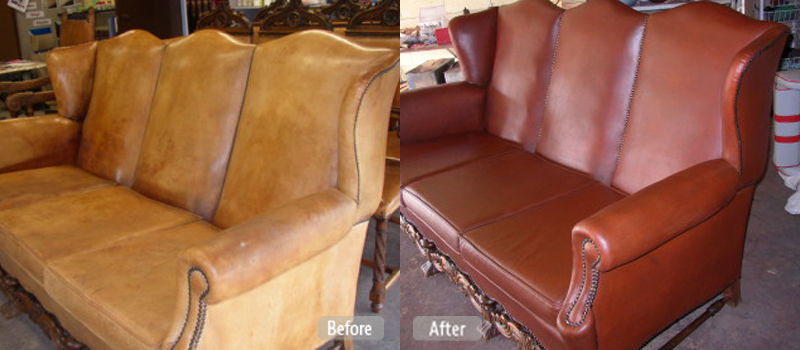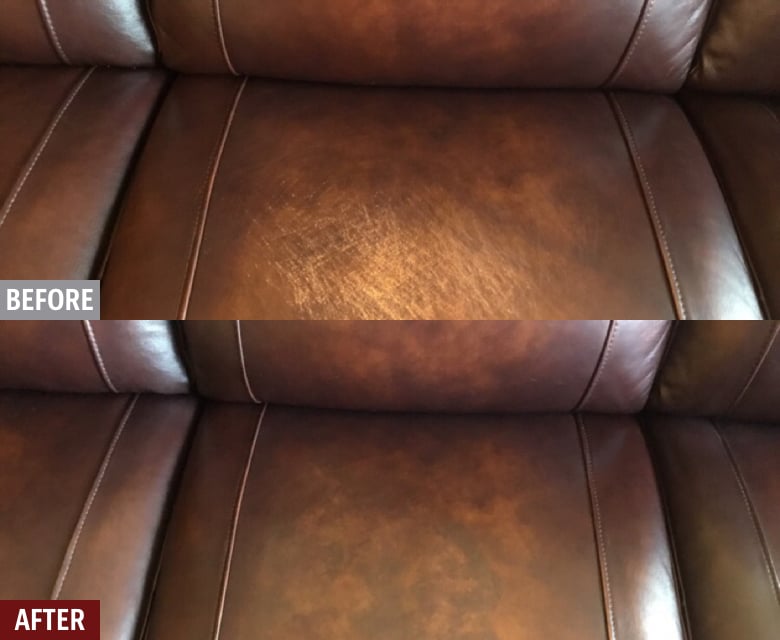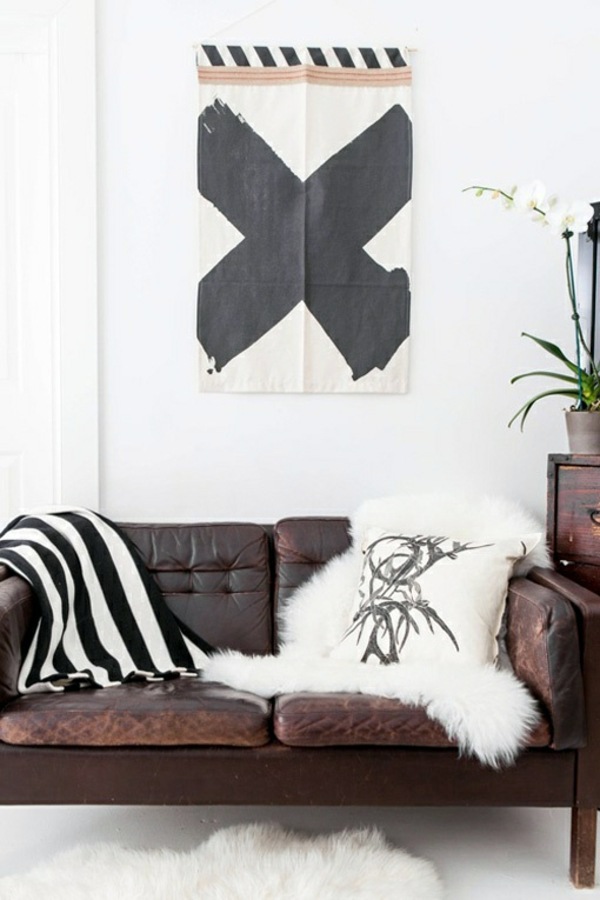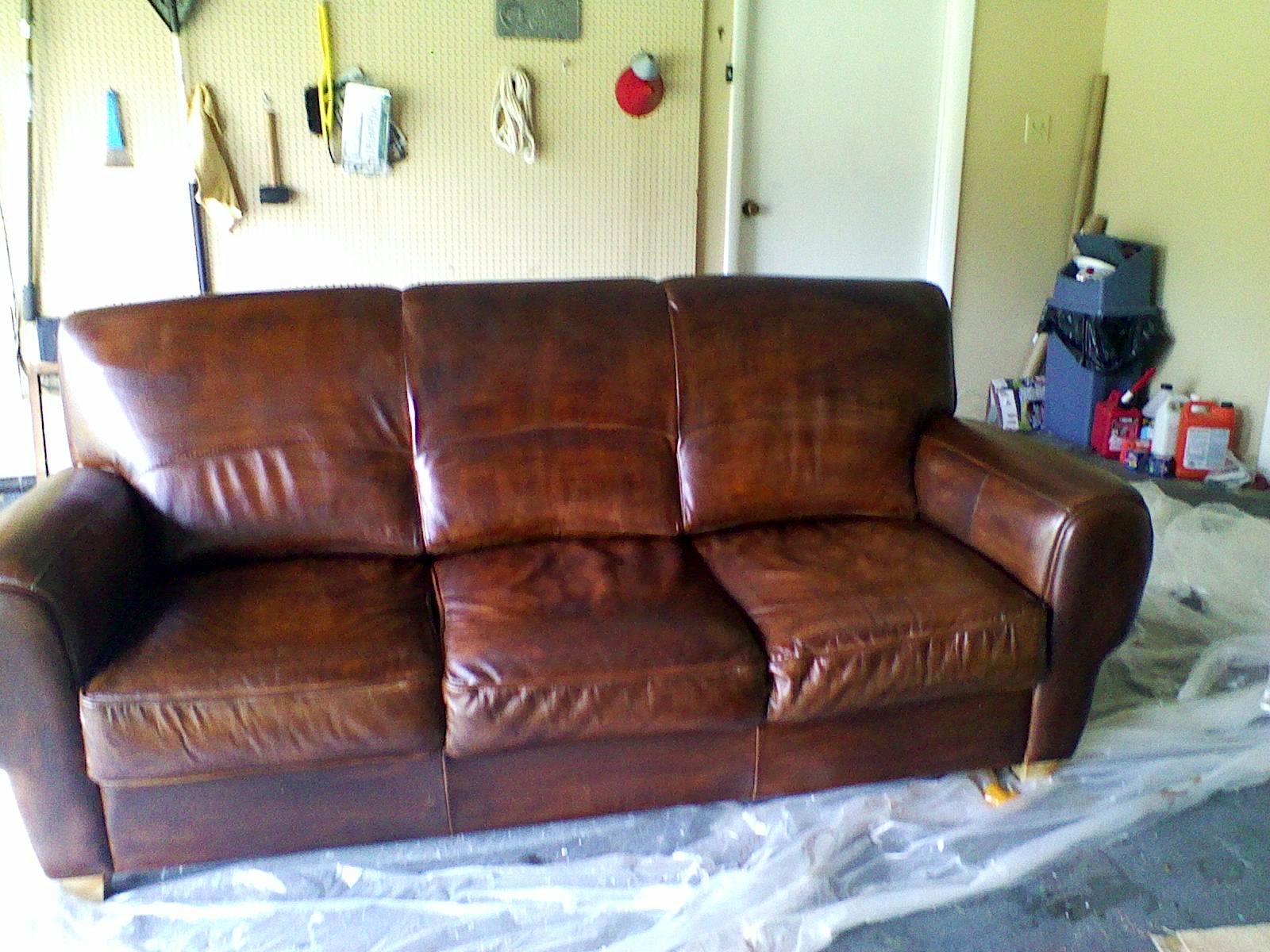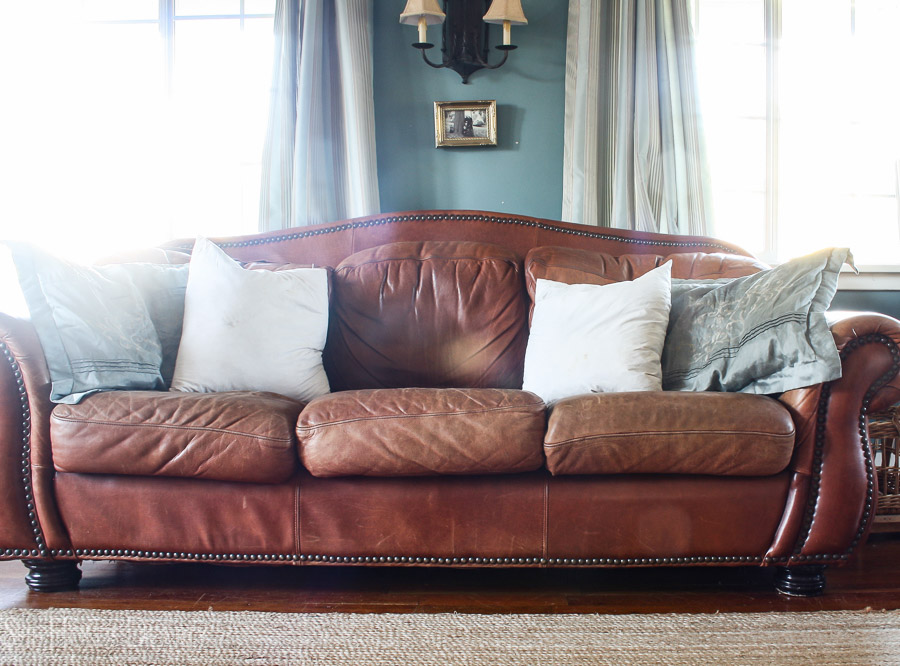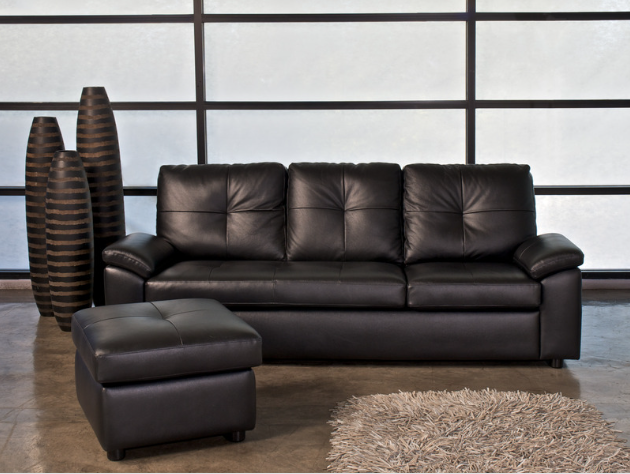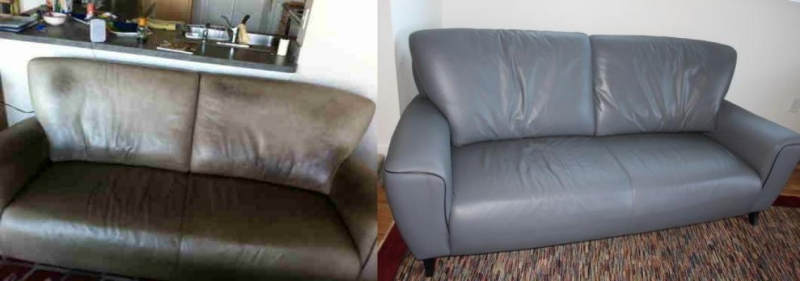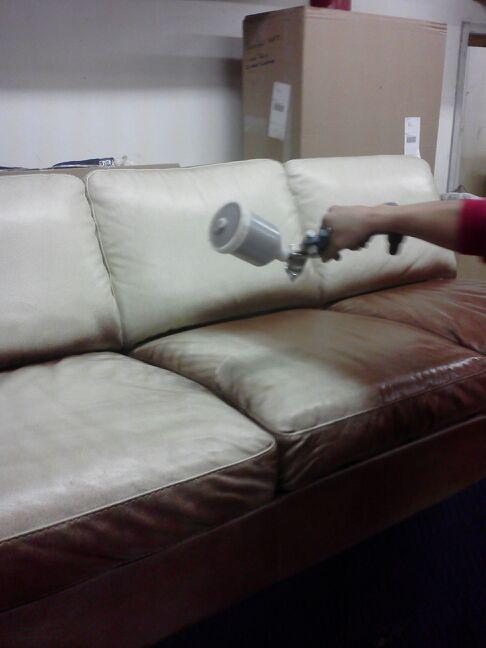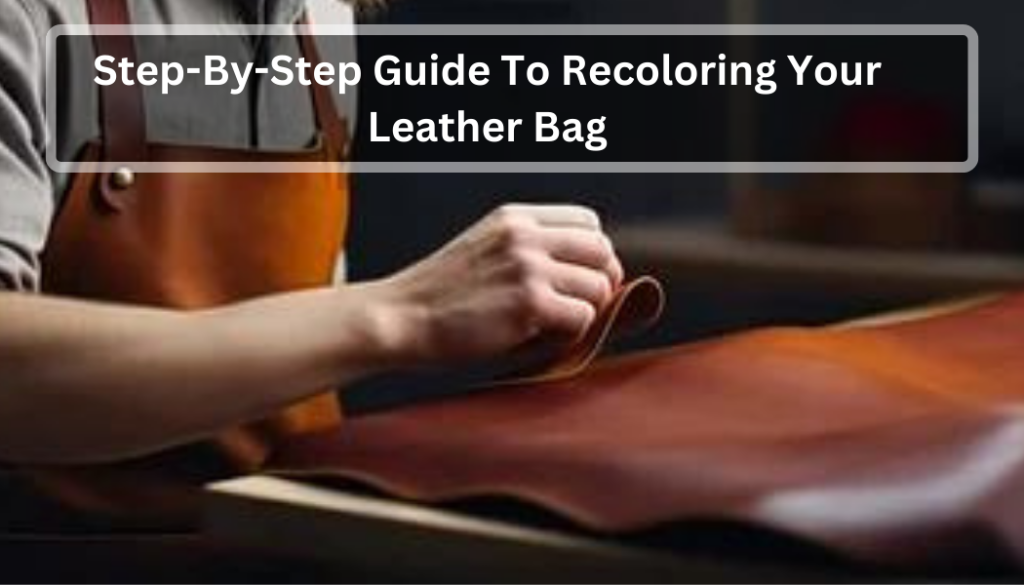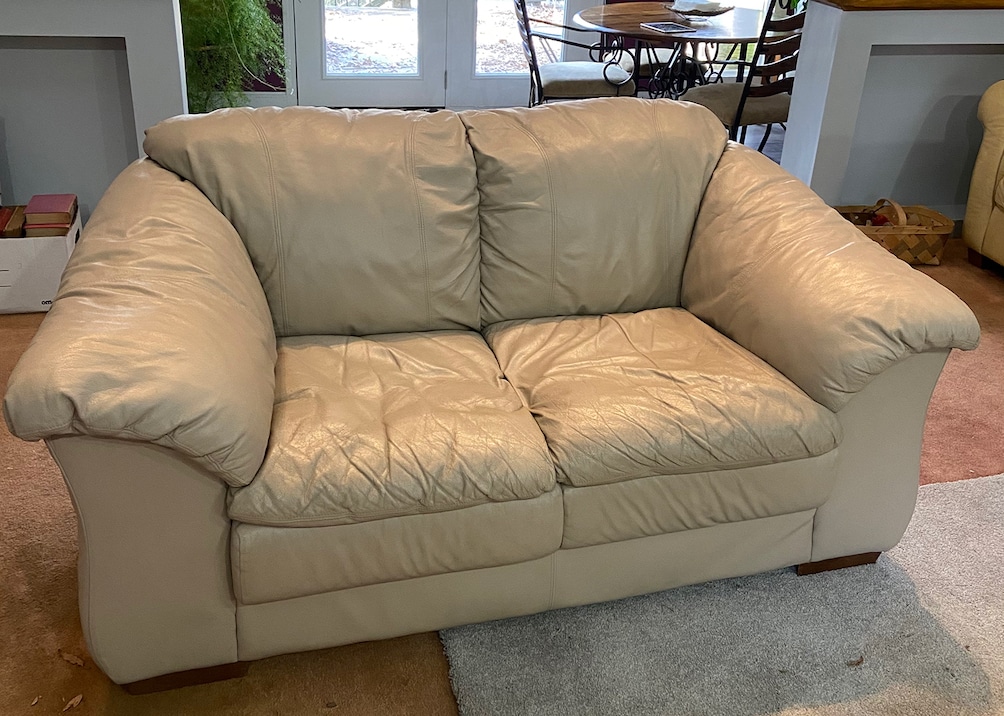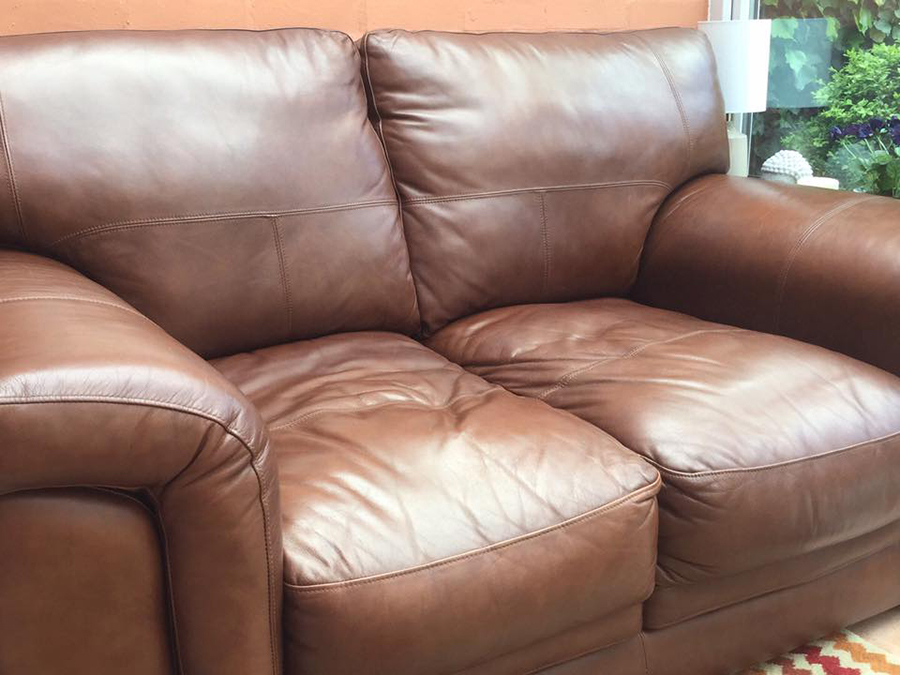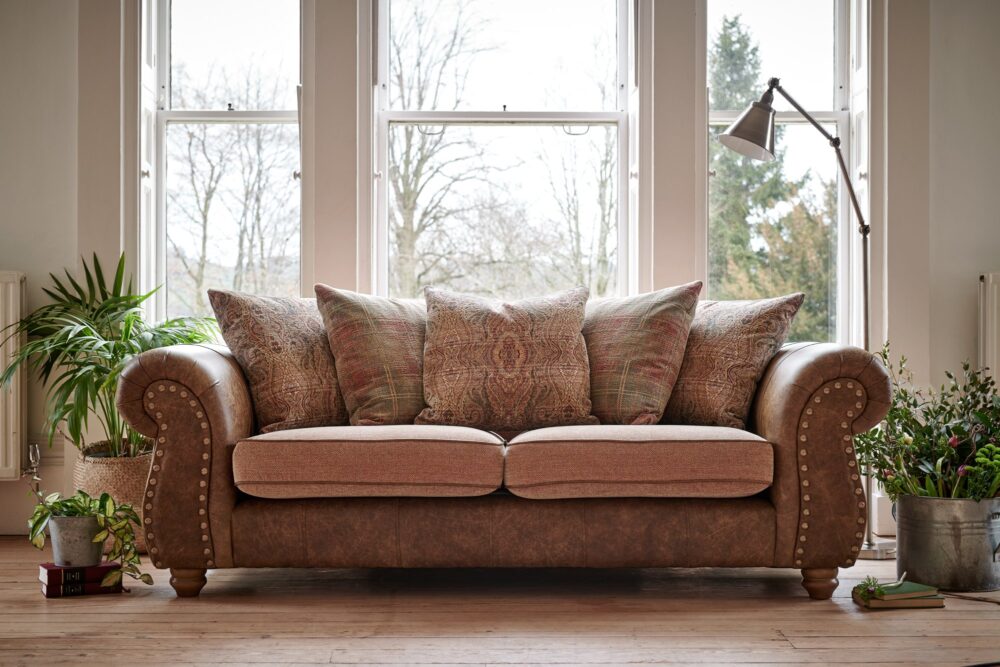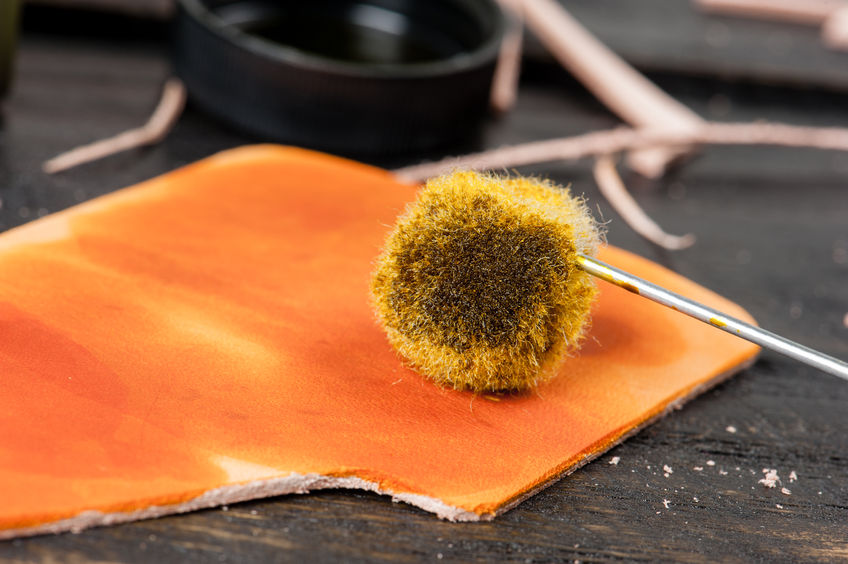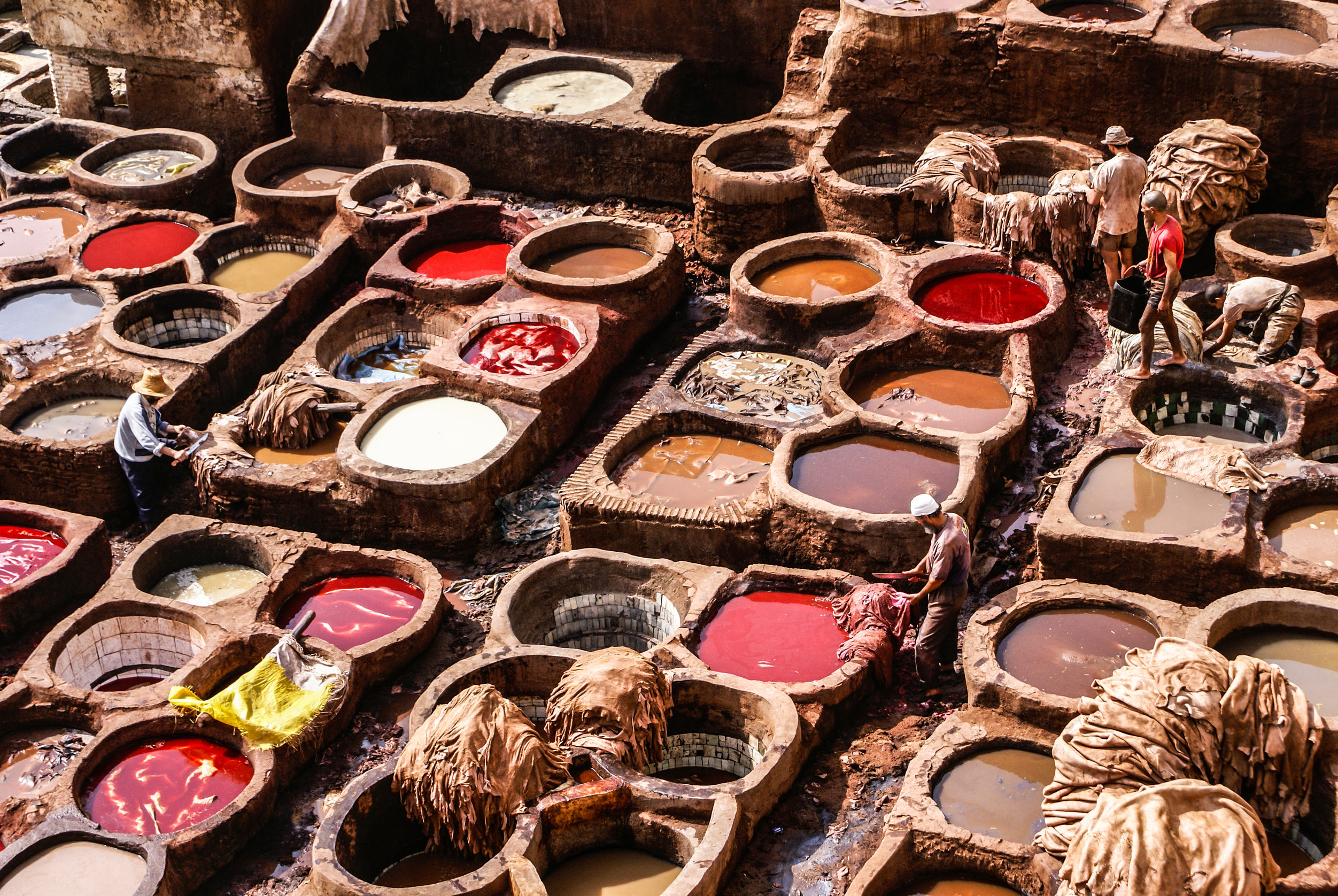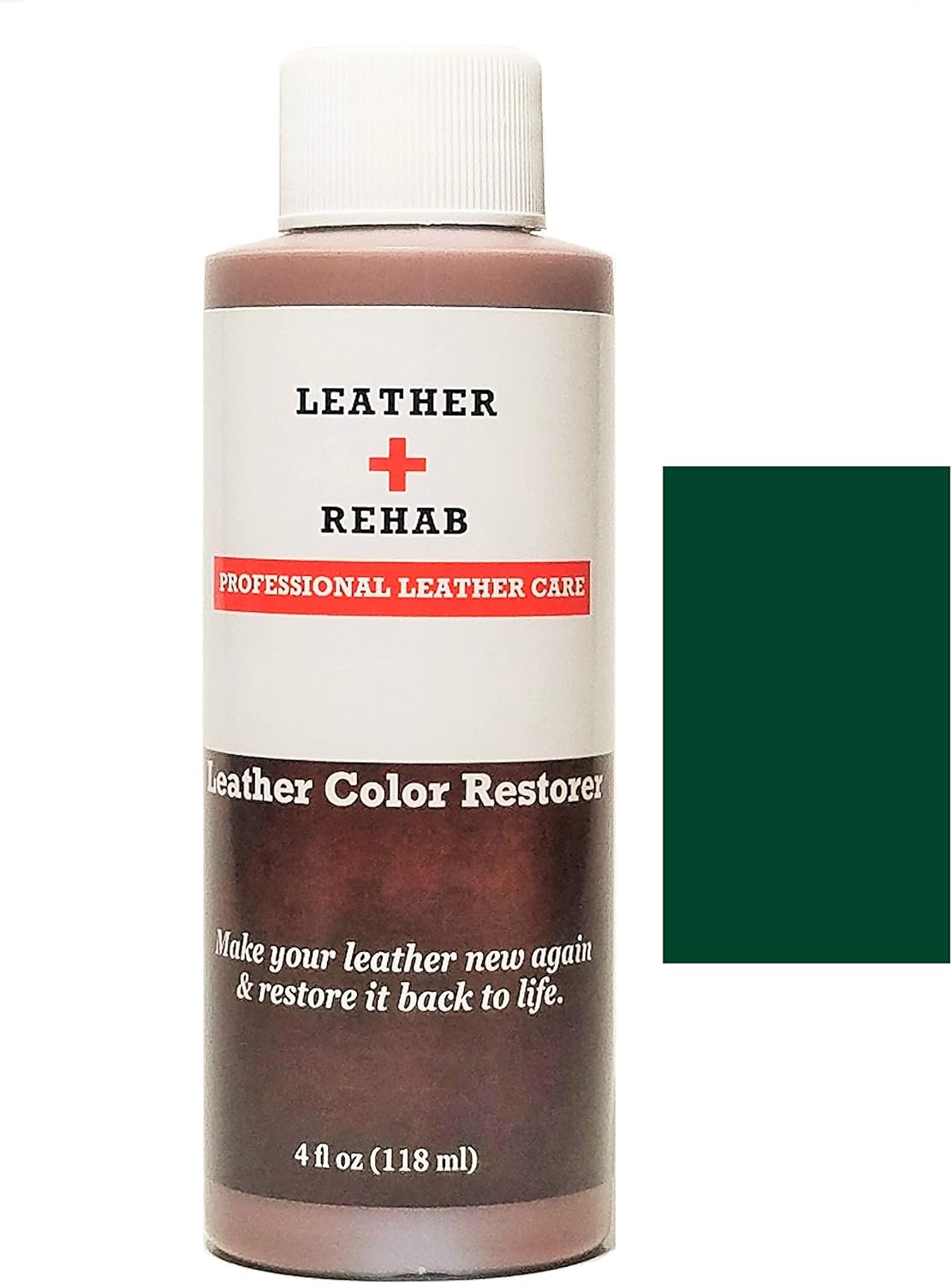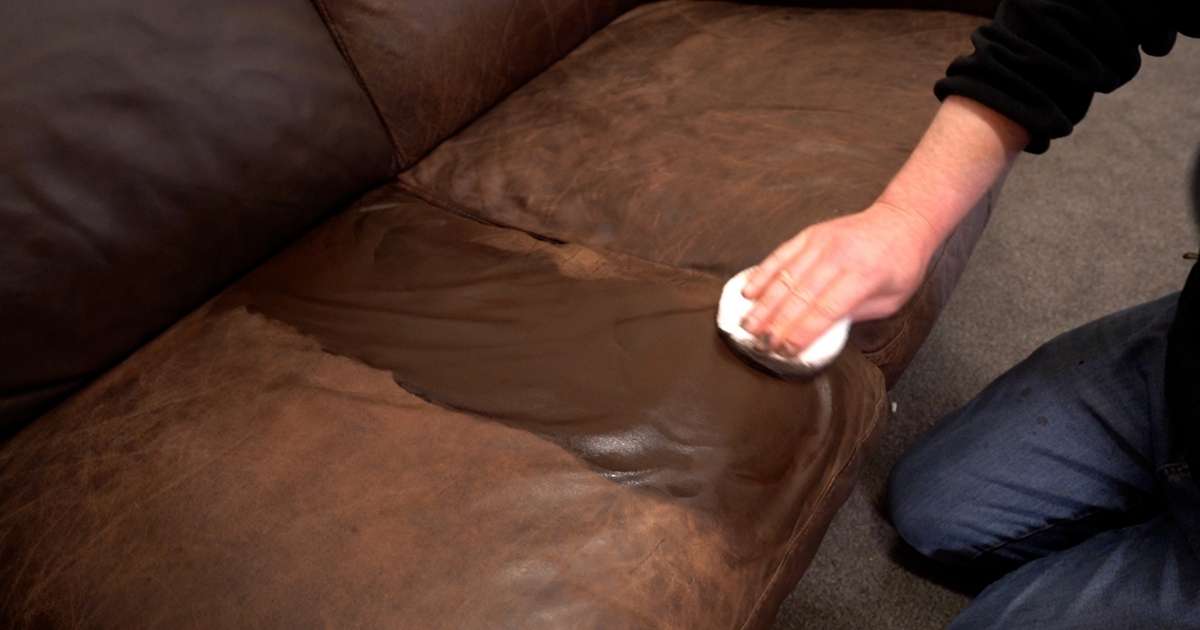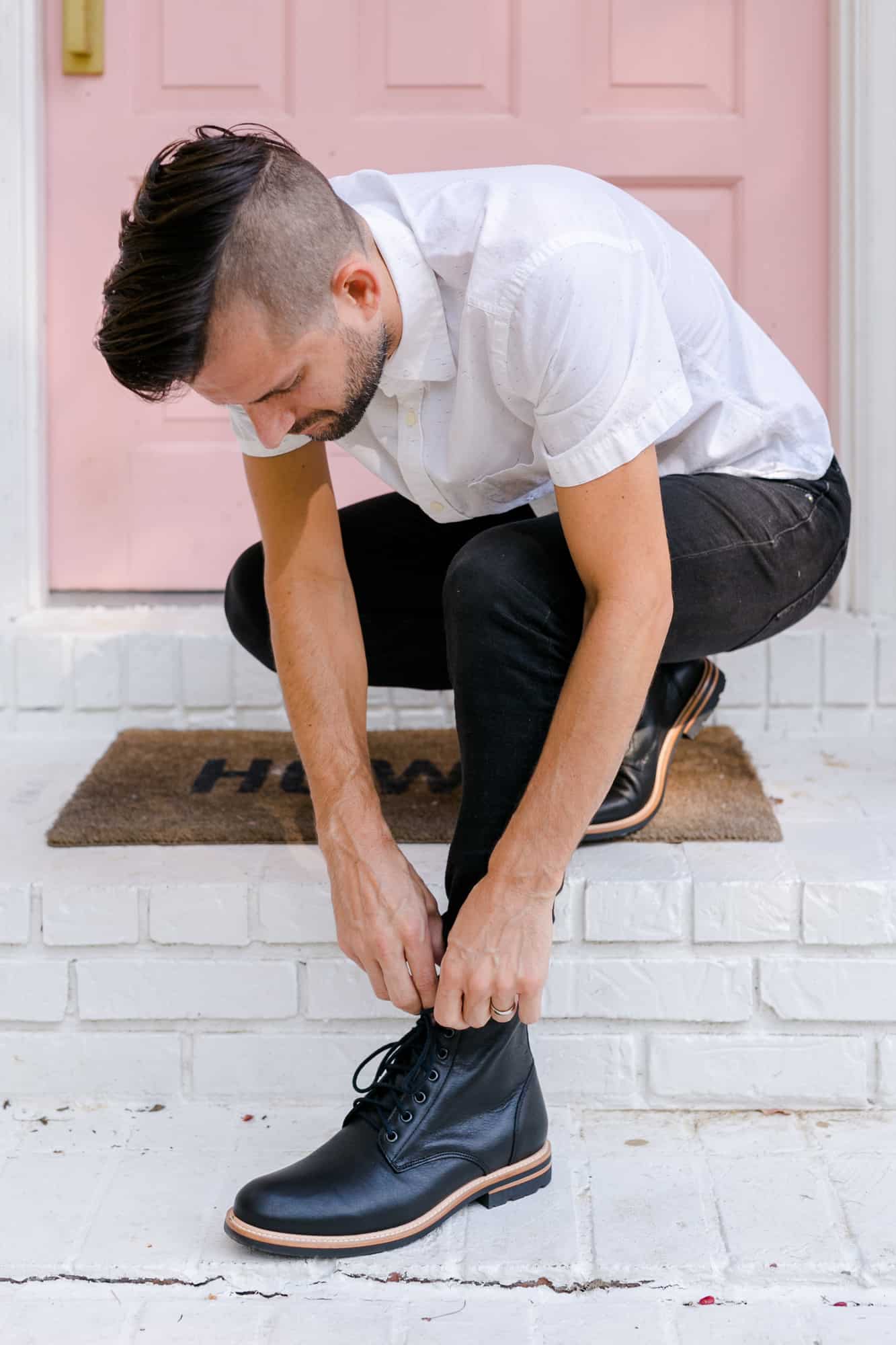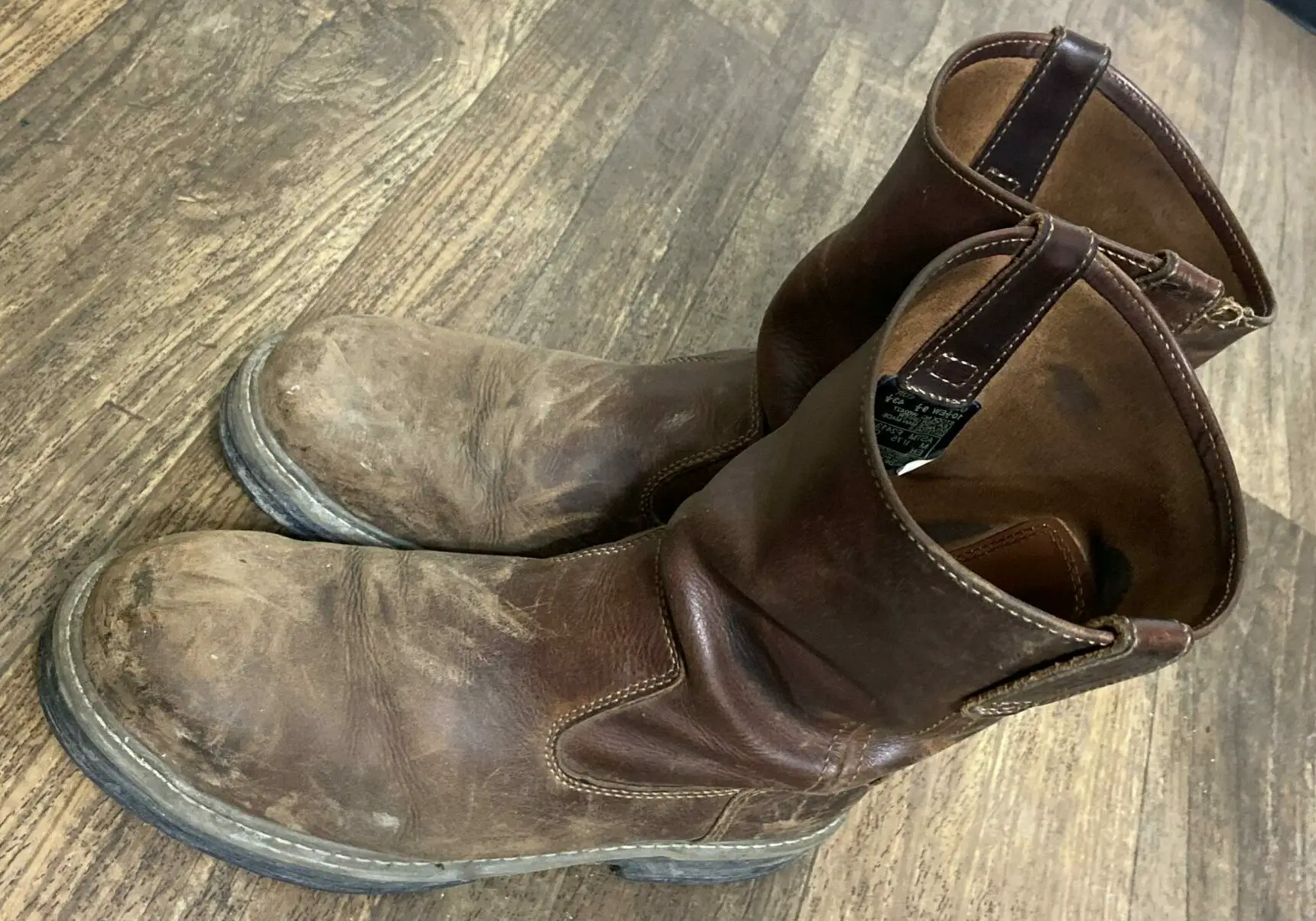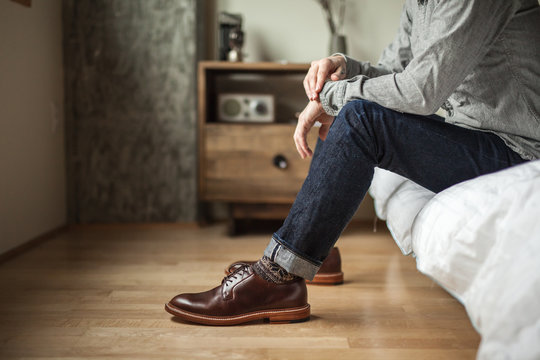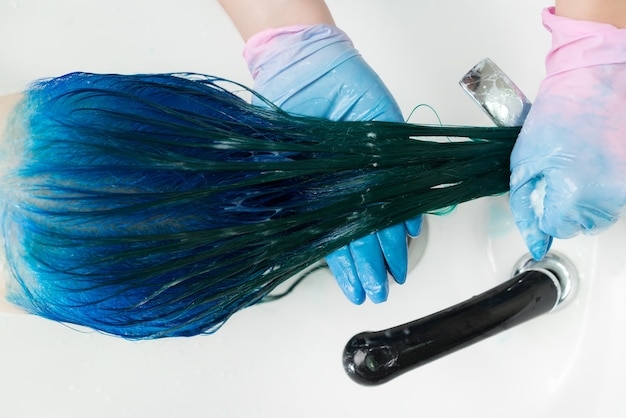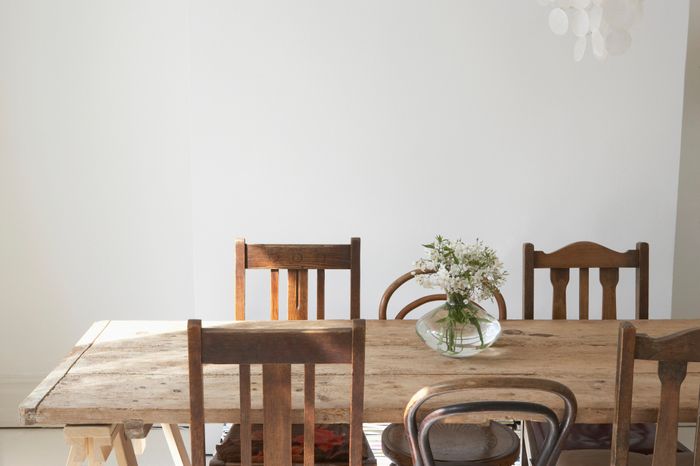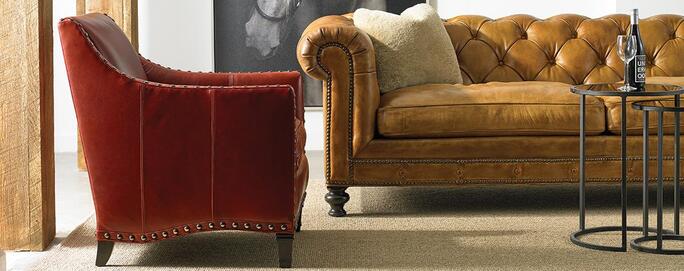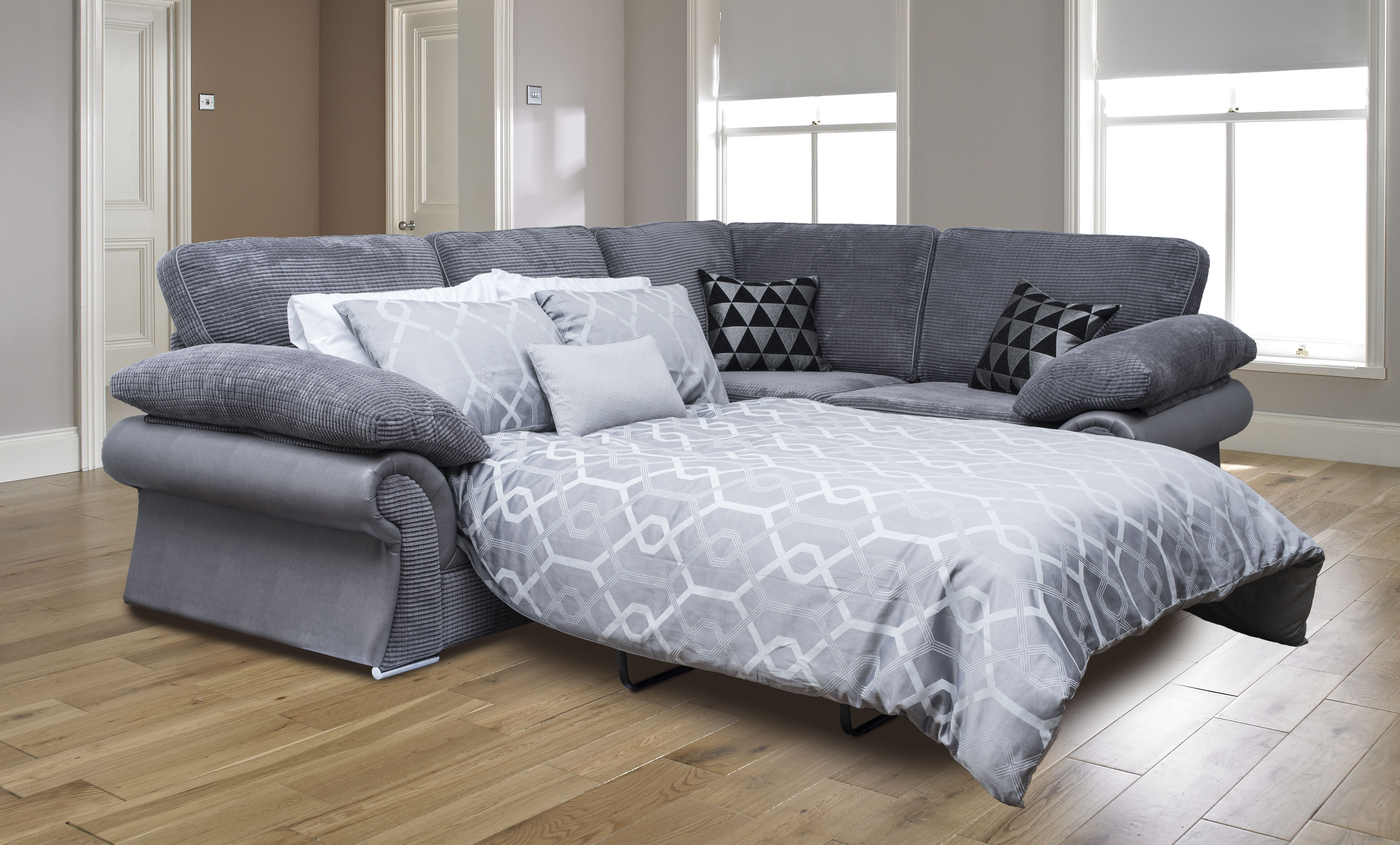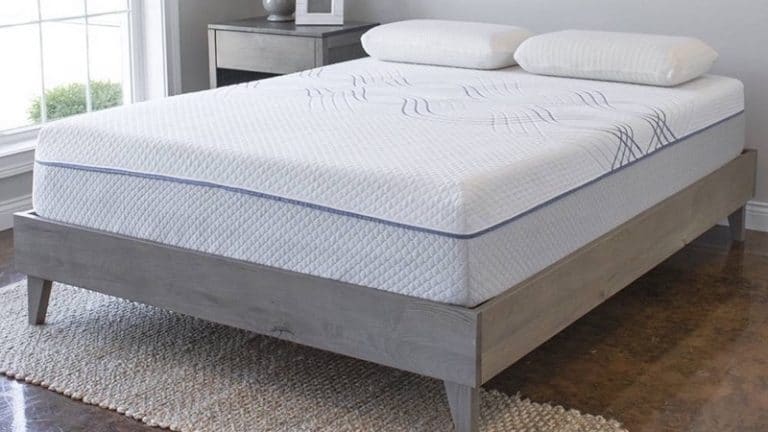If your once-beautiful leather sofa is looking a little worse for wear, you may be wondering if you can give it a new lease on life by redyeing it. The answer is yes, but there are a few things you need to know before you dive into the project. Leather is a natural material and can be dyed just like any other fabric. However, it requires a special type of dye and careful application to ensure a successful outcome. Here's a step-by-step guide on how to dye a leather sofa and bring it back to its former glory.Can I Redye a Leather Sofa? Here's What You Need to Know
The first step in dyeing a leather sofa is to clean it thoroughly. Use a leather cleaner to remove any dirt, oil, and stains from the surface. Make sure to follow the instructions on the cleaner and use a soft cloth to avoid scratching the leather. Once the sofa is clean and dry, it's time to choose a leather dye. Look for a product specifically designed for leather and make sure it is the same color or a darker shade than your sofa. It's always best to test a small, inconspicuous area first to make sure you are happy with the color. Next, use a sponge or brush to apply the dye evenly over the entire surface of the sofa. It's important to work quickly and avoid overlapping areas as this can result in uneven color. For best results, use long, smooth strokes in the direction of the leather grain. After the first coat of dye has dried, you may notice some areas that need touch-ups. Use a small brush to apply more dye to these areas, blending them in with the rest of the sofa. Repeat this process until you achieve the desired color. Finally, use a leather conditioner or protector to seal in the dye and protect the leather from future damage. Follow the instructions on the product and allow it to dry completely before using the sofa.How to Dye a Leather Sofa
If you're feeling confident and want to save some money, you can try dyeing your leather sofa yourself. However, keep in mind that it requires skill and patience to achieve a professional-looking result. Before starting, make sure to research the process thoroughly and gather all the necessary materials. This includes leather cleaner, dye, brushes or sponges, and a leather conditioner or protector. It's also important to prepare the area where you will be working. Lay down drop cloths or old sheets to protect the floor and surrounding furniture from any potential drips or spills. Follow the instructions above for cleaning and dyeing the leather sofa, taking your time and being careful not to rush the process. Remember, it's always better to start with a lighter coat of dye and add more as needed rather than ending up with a sofa that is too dark. Once you have finished dyeing the sofa, let it dry completely before applying the leather conditioner or protector. This will not only protect the dye but also keep your sofa looking its best for years to come.DIY: How to Dye Leather Furniture
Recoloring leather furniture can be a great way to give it a new look without breaking the bank. But before you start, keep in mind that it may not be possible to change the color of a leather sofa completely, especially if you are trying to go from a dark color to a light one. That being said, here's a step-by-step guide on how to recolor your leather sofa: 1. Clean the sofa thoroughly with a leather cleaner and let it dry completely. 2. Use sandpaper or a deglazing solution to remove the top layer of color from the leather. This will help the new dye to adhere better. 3. Apply the new dye using a sponge or brush, following the instructions on the product. You may need to apply multiple coats to achieve the desired color. 4. Let the sofa dry completely before applying a leather conditioner or protector. Keep in mind that the final color may be slightly different from what you were expecting, so it's always a good idea to test the dye on a small area first.Recoloring Leather Furniture: A Step-by-Step Guide
If you're not happy with the color of your leather sofa, you may be wondering if it's possible to change it. As mentioned before, it may not be possible to achieve a complete color change, but you can certainly darken or lighten the color. It's important to choose a dye that is the same type and color as your current sofa. For example, if your sofa is made of aniline leather, make sure to use an aniline leather dye. Trying to use a different type of dye can result in uneven color or damage to the leather. Also, keep in mind that the final color may still be affected by the original color of the leather. For example, if you are trying to lighten a dark brown sofa, the end result may still have a hint of brown undertones.Can You Change the Color of a Leather Sofa?
Here are some additional tips and tricks to keep in mind when dyeing your leather sofa: - Always test the dye on a small, inconspicuous area first to make sure you are happy with the color. - Work in a well-ventilated area and use gloves to protect your hands from the dye. - If you are dyeing a large piece of furniture, consider enlisting the help of a friend or family member to ensure even application. - If you are trying to cover up scratches or scuffs, use a leather filler or repair kit before dyeing to achieve a smooth surface. - Be patient and take your time. Rushing the process can result in a less-than-perfect outcome.Leather Dyeing: Tips and Tricks for a Successful Project
Over time, leather furniture can start to fade and lose its color due to exposure to sunlight and other factors. If this has happened to your sofa, you may be able to restore its color with a leather dye. Start by cleaning the sofa with a leather cleaner to remove any dirt and grime. Then, use a leather conditioner or restorer specifically designed for faded leather to revive the color. Apply the product evenly and let it dry completely before using the sofa. If the fading is extensive, you may need to use a leather dye to achieve the desired color. Follow the instructions above for a successful dyeing process.How to Restore Faded Leather Furniture
You may have heard of leather painting as an alternative to dyeing, but which is better? The answer depends on your specific situation and preferences. Leather dyeing is generally a more popular and effective method, as it penetrates the leather and creates a more natural-looking finish. However, leather painting can be a good option for covering up extensive damage or creating intricate designs on the leather. If you are unsure which method to choose, it's always best to consult a professional for advice.Leather Dyeing vs. Leather Painting: Which is Better?
Scratches and scuffs are a common occurrence on leather furniture, but they can be easily fixed with the right tools and techniques. For minor scratches, use a leather conditioner or restorer to blend them in with the rest of the leather. For deeper scratches or scuffs, use a leather filler or repair kit to fill in the damaged area and then dye it to match the rest of the sofa. Again, it's always a good idea to test the products on a small area first to make sure you are happy with the results.How to Fix Scratches and Scuffs on Leather Furniture
To ensure a successful leather dyeing project, here are some dos and don'ts to keep in mind: Do: - Clean the sofa thoroughly before dyeing. - Test the dye on a small area first. - Work in a well-ventilated area and use gloves. - Follow the instructions on the dye and conditioner carefully. - Be patient and take your time to achieve a professional-looking result. Don't: - Use a dye that is not specifically designed for leather. - Rush the process and overlap areas. - Forget to protect the surrounding area from potential drips or spills. - Use leather paint unless you have experience and the right materials.The Dos and Don'ts of Dyeing Leather Furniture
How to Re-Dye a Leather Sofa: Tips and Tricks

Introduction

If you have a leather sofa that has seen better days, you may be wondering if it's possible to bring it back to life. Fortunately, the answer is yes! Re-dyeing a leather sofa is a great way to give it a fresh, new look without breaking the bank. In this article, we will discuss the process of re-dyeing a leather sofa, including the necessary materials and steps to take to ensure a successful outcome.
The Importance of Choosing the Right Dye

Before diving into the process of re-dyeing your leather sofa, it's crucial to understand the importance of choosing the right dye. Leather dyes are specifically formulated for leather and come in a variety of colors to match your desired look. Make sure to choose a dye that is specifically made for the type of leather your sofa is made of. This will ensure that the dye adheres properly and produces a long-lasting result.
Gather the Necessary Materials

Once you have the right dye, it's time to gather all the necessary materials for the re-dyeing process. You will need a clean cloth, leather cleaner, leather conditioner, and a leather sealer in addition to the dye. It's essential to thoroughly clean and condition the leather before dyeing to ensure that the dye adheres properly. The leather sealer will also help protect the dye from fading or rubbing off.
Steps for Re-Dyeing a Leather Sofa
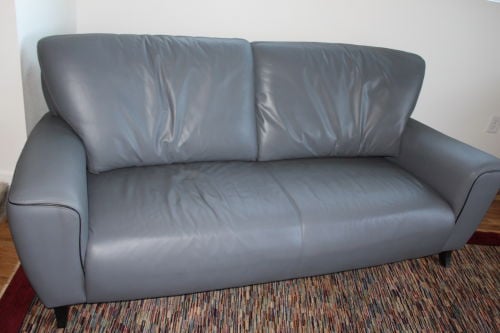
Now that you have all the materials, it's time to start the re-dyeing process. Start by cleaning the leather with a leather cleaner and a clean cloth. This will remove any dirt or oils that may prevent the dye from adhering. Once the leather is clean and dry, apply the dye using a clean cloth or a sponge. Make sure to work in small sections and use a gentle, circular motion to evenly distribute the dye.
After applying the dye, let it dry completely before applying a second coat if needed. Once the final coat is dry, apply a leather sealer to protect the dye. This step is crucial in ensuring the longevity of your newly re-dyed leather sofa.
In Conclusion

Re-dyeing a leather sofa is a great way to give it a fresh, new look without the expense of buying a new one. With the right dye and proper preparation, you can achieve a professional-looking result that will bring new life to your old sofa. Remember to choose a dye specifically made for leather, gather all the necessary materials, and follow the steps carefully for the best outcome. Your re-dyed leather sofa will look brand new and add a touch of style to your home.






